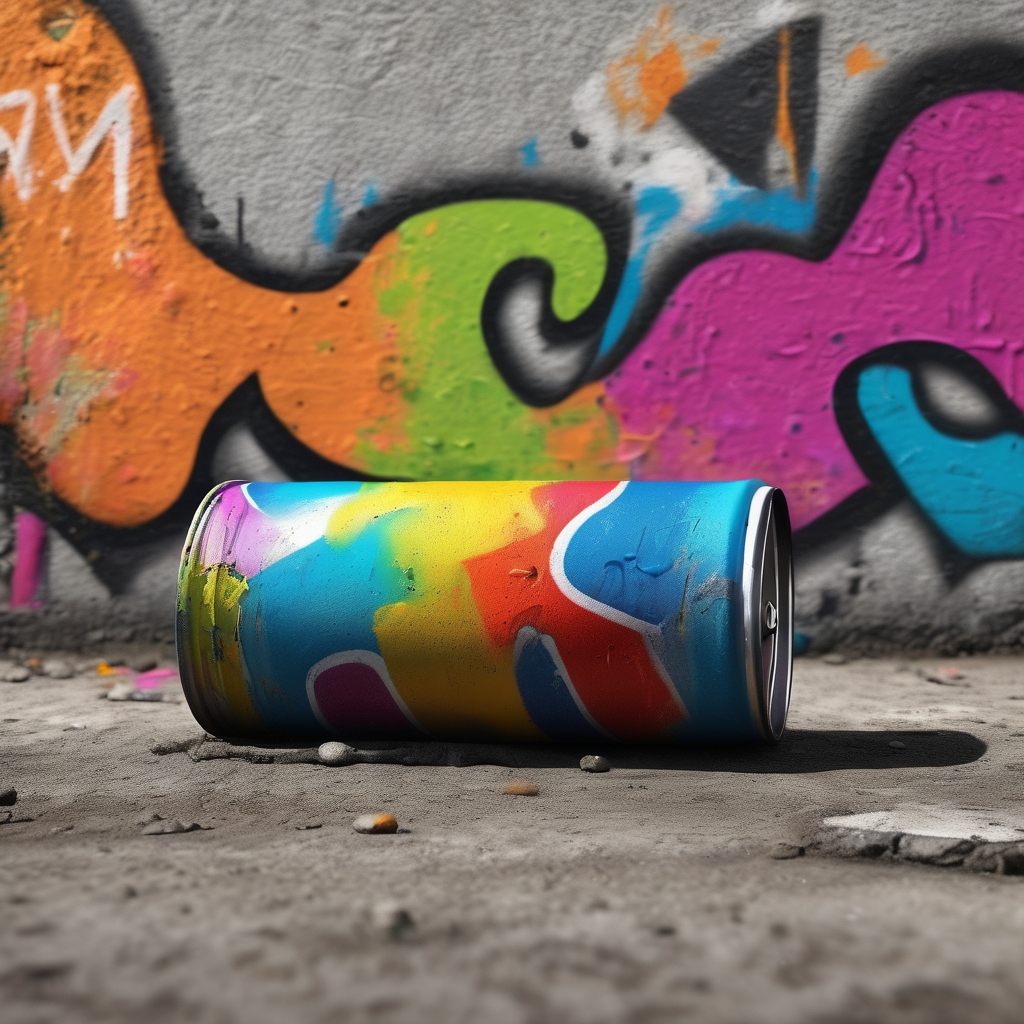Omar Diaw, an artist known as “Chimere,” is making waves in Guinea’s capital, Conakry, through his bold graffiti art. On a midday excursion, Diaw bravely spray-painted a blank wall as members of his graffiti collective, Guinea Ghetto Graff, unloaded an array of paint cans nearby. His confident assertion, “They know who I am,” reflects his growing recognition among the local populace, though it’s unclear whom he was referring to.
Having moved from Senegal in 2018, Diaw observed a stark absence of graffiti in Guinea, where such artwork was often perceived as vandalism. To counter this narrative, he initiated public awareness campaigns using his art, including one that focused on COVID-19 preventive measures. “We had to seduce the population,” Diaw explained, emphasizing the need to earn the public’s respect and appreciation for street art.
Conakry’s rapid urbanization has set the stage for Diaw’s vibrant graffiti, which has become a significant part of the cityscape, with his large images of iconic Guinean musicians and leaders like Samory Toure making a striking visual impact on the concrete surroundings. The presence of his artwork, marked by the Guinea Ghetto Graff tag, has been proliferating across multiple locations in the city.
Graffiti has a rich history in West Africa, beginning in Senegal in the late 1980s with the pioneering artist Amadou Lamine Ngom, known as “Docta.” Ngom and his collective were commissioned to create awareness murals, much like Diaw. As graffiti art evolves in the region, both artists continue to use their platforms to promote social messages and cultural pride through their public art.
The story of Chimere not only highlights the growth of graffiti in Guinea but also underscores a broader movement where art transcends traditional boundaries to engage communities on pressing issues. His journey serves as an inspiring narrative for artists in West Africa, demonstrating how art can foster community awareness and challenge societal perceptions. As this cultural movement continues to develop, it offers hope for the future of public art in the region and its potential to serve as a vehicle for positive change.
